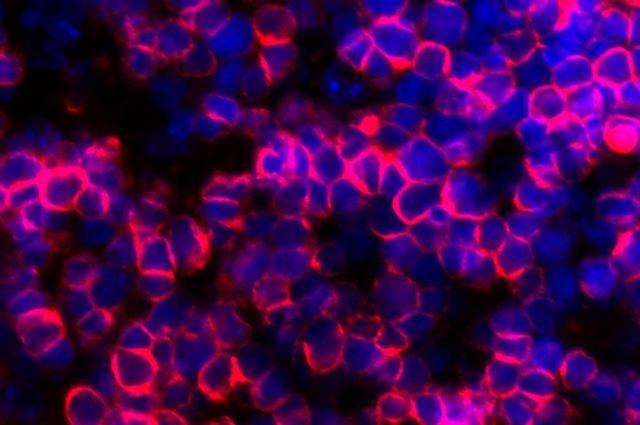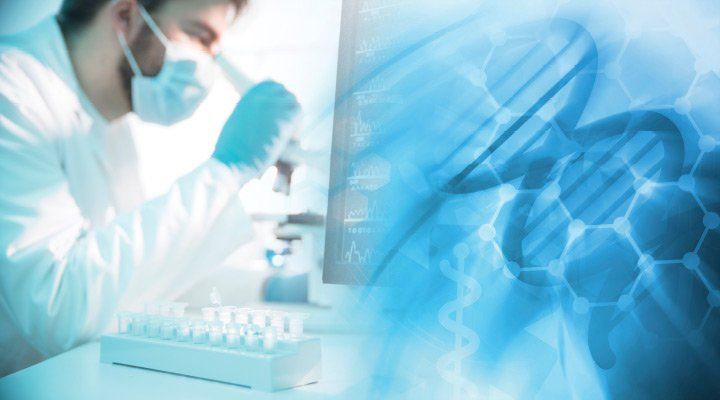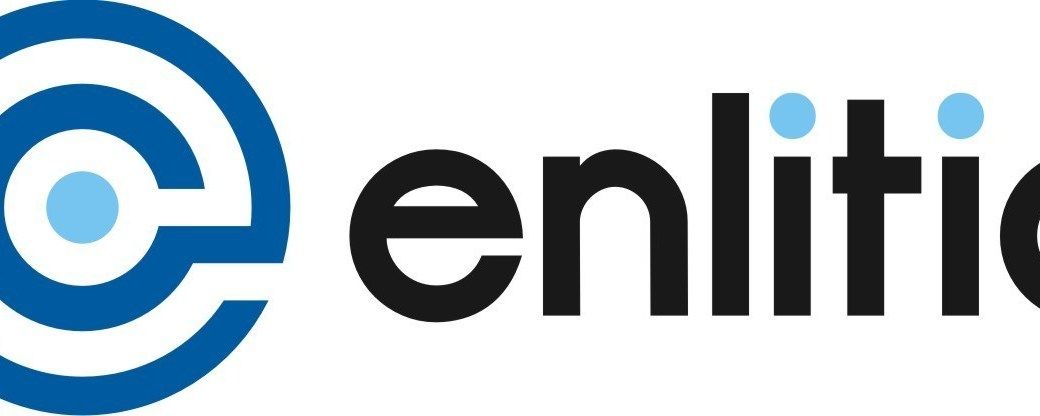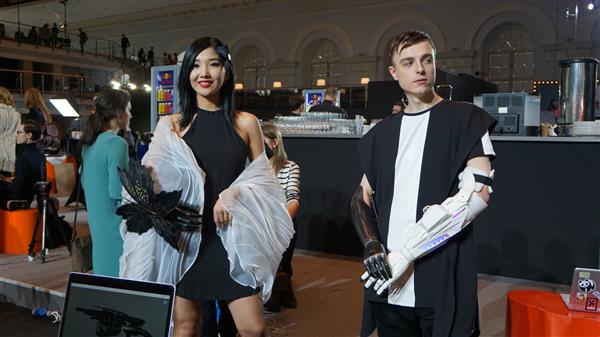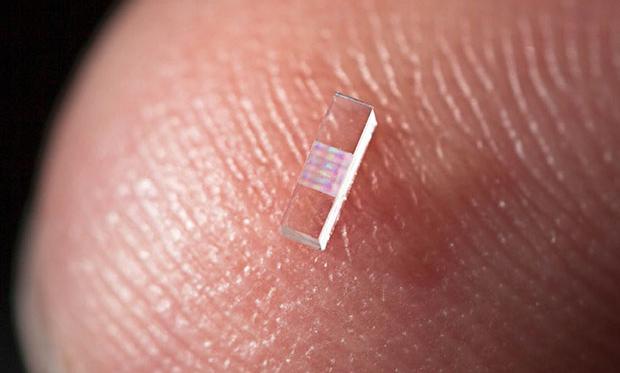The first step in producing an artificial thymus which has potential for cancer age related immune decline.
UCLA researchers have created a new system to produce human T cells, the white blood cells that fight against disease-causing intruders in the body. The system could be utilized to engineer T cells to find and attack cancer cells, which means it could be an important step toward generating a readily available supply of T cells for treating many different types of cancer.
The preclinical study, published in the journal Nature Methods, was led by senior authors Dr. Gay Crooks, a professor of pathology and laboratory medicine and of pediatrics and co-director of the Eli and Edythe Broad Center of Regenerative Medicine and Stem Cell Research at UCLA, and Amelie Montel-Hagen, an associate project scientist in Crooks’ lab.
The thymus sits in the front of the heart and plays a central role in the immune system. It uses blood stem cells to make T cells, which help the body fight infections and have the ability to eliminate cancer cells. However, as people age or become ill, the thymus isn’t as efficient at making T cells.
